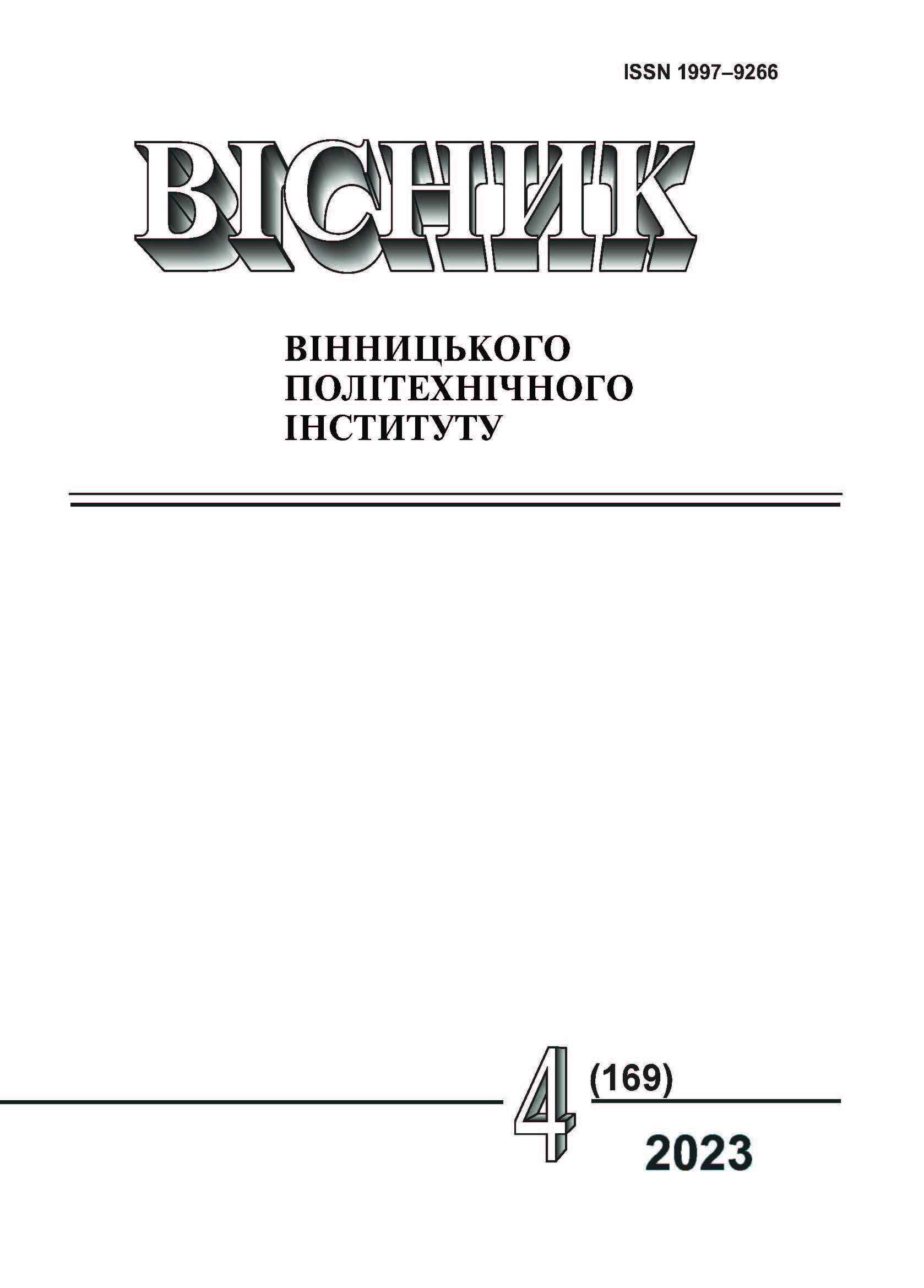Using the Internet of Things for Energy Resource Conservation
DOI:
https://doi.org/10.31649/1997-9266-2023-169-4-39-45Keywords:
Internet of Things, IoT, energy, energy efficiency, smart homes, energy resource conservation, sustainable resource usageAbstract
The article explores the issue of energy efficiency in the context of contemporary challenges such as resource scarcity, urbanizatio, and environmental regulations. Particular attention is devoted to the potential of the Internet of Things (IoT) for automation and optimization of energy consumption. In the backdrop of globalization and technological advancement, research on IoT as a tool for efficient energy resource utilization is identified as a promising avenue for exploration. Publications related to smart buildings in Ukraine are highlighted, focusing on their consumer role in electricity consumption and the potential of IoT for optimization. The study delves into the concept of "green" IoT, examining challenges and principles of energy efficiency specific to IoT devices. The analysis of additional research concerning IoT capabilities in the water supply sector and energy efficiency in the construction industry is provided. The paper aims to investigate the technology’s potential for reducing energy consumption. Principal research tasks include: analyzing the architecture of IoT for a better understanding of its structure and capabilities; studying key areas of IoT application in the sectors like construction and industry for energy conservation; outlining fundamental principles for IoT utilization in optimizing energy consumption. The architecture of IoT systems is studied in-depth to fully understand their structure and dynamics, playing a crucial role in maximizing their potential for energy conservation. The authors focus on investigating the areas where IoT finds application in energy conservation, understanding key spheres across various sectors, including construction, industry, and urban planning. Through detailed analysis of IoT architecture and its capabilities, the paper identifies four key principles for the effective use of IoT technology in the energy sector. These principles encompass setting specific energy goals, implementing technologies for monitoring and automation, data collection and analysis for consumption optimization, and evaluation of outcomes for further system improvement. The work emphasizes the role of IoT as a potent tool for enhancing energy efficiency and achieving global sustainable development goals. Overall, the paper seeks to contribute to existing knowledge about the capabilities of IoT in the context of energy conservation, prompting further discussion and research in this field.
References
Wikipedia. Internet of things. [Online]. Available: https://en.wikipedia.org/wiki/Internet_of_things . Accessed: 5 Mai, 2023.
«Впровадження цифрових технологій Інтернету речей для поліпшення енергоощадних технологій у будівлях,» Наукові записки міжнародного гуманітарного університету. [Електронний ресурс]. Режим доступу: http://sci-notes.mgu.od.ua/archive/v37/36.pdf . Accessed: 5 Mai, 2023.
Green IoT: An Investigation on Energy Saving Practices for 2020 and Beyond. [Electronic resource]. Available: https://ieeexplore.ieee.org/abstract/document/7997698 . Accessed: 14 Mai, 2023.
Redacción The New Now, “Gestión integral del agua con IoT y Machine Learning,” 2021. [Electronic resource]. Available: https://www.thenewnow.es/tecnologia/gestion-integral-agua-iot-machine-learning/ . Accessed: 13 Mai, 2023.
Advancing Replicable Solutions for High-Performance Homes in the Southeast. [Electronic resource]. Available: https://www.nrel.gov/docs/fy16osti/65258.pdf . Accessed: 13 Mai, 2023.
10 Amazing Cases of IoT Applications Taken from the Real Life. [Electronic resource]. Available: https://medium.datadriveninvestor.com/10-amazing-cases-of-iot-applications-taken-from-the-real-life-a8682cdb48d0 . Accessed: 21 Mai, 2023.
Evolution of Smart Home Energy Management System Using Internet of Things and Machine Learning Algorithms. [Electronic resource]. Available: https://ceur-ws.org/Vol-3283/Paper76.pdf . Accessed: 13 Mai, 2023.
Принципи застосування технології Інтернет речей у сучасному світі техніки. [Електронний ресурс]. Режим доступу: https://www.tech.vernadskyjournals.in.ua/journals/2020/6_2020/part_1/26.pdf . Режим доступу: 15 Jun, 2023.
Downloads
-
PDF (Українська)
Downloads: 222
Published
How to Cite
Issue
Section
License

This work is licensed under a Creative Commons Attribution 4.0 International License.
Authors who publish with this journal agree to the following terms:
- Authors retain copyright and grant the journal right of first publication.
- Authors are able to enter into separate, additional contractual arrangements for the non-exclusive distribution of the journal's published version of the work (e.g., post it to an institutional repository or publish it in a book), with an acknowledgment of its initial publication in this journal.
- Authors are permitted and encouraged to post their work online (e.g., in institutional repositories or on their website) prior to and during the submission process, as it can lead to productive exchanges, as well as earlier and greater citation of published work (See The Effect of Open Access).





